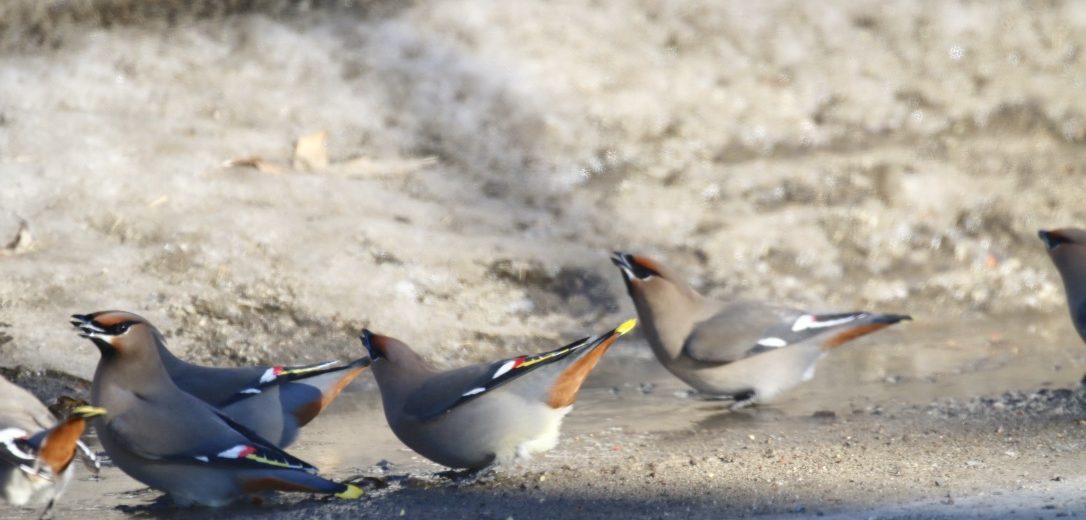Schoodic Institute at Acadia National Park invites birdwatchers to participate in the longest-running community science survey, the annual Audubon Christmas Bird Count (CBC). On January 1, 2020, birders and nature enthusiasts will gather at Schoodic Point in Winter Harbor to take part in this tradition, many rising before dawn to observe the year’s first birds.
The Schoodic CBC is a great way to start the new year, get a jump start on the bird list for 2020, and have fun doing it. Meet Bird Ecology Director Seth Benz at the Schoodic Point parking lot at 9 a.m. to look for birds from the Point and then take a walk on the Schoodic Institute campus trail system.
This year, the Audubon Christmas Bird Count will mobilize nearly 80,000 volunteer bird counters in more than 2,600 locations across the United States, Canada, the Caribbean and Latin America. The Audubon Christmas Bird Count uses the power of volunteers to track the health of bird populations at a scale that scientists could never accomplish alone. Data compiled for Schoodic CBC will record every individual bird and bird species seen in a specified area, contributing to a vast community science network that continues a tradition stretching back 120 years.
“The Christmas Bird Count is a great tradition and opportunity for everyone to be a part of 120 years of ongoing community science,” said Geoff LeBaron, Audubon’s Christmas Bird Count director, who first started leading the community science effort in 1987. “Adding your observations to twelve decades of data helps scientists and conservationists discover trends that make our work more impactful. Participating in the Christmas Bird Count is a fun and meaningful way to spend a winter for anyone and everyone.”
When combined with other surveys such as the Breeding Bird Survey, Audubon’s Christmas Bird Count provides a picture of how the continent’s bird populations have changed in time and space over the past hundred years. The long-term perspective is vital for conservationists. It informs strategies to protect birds and their habitat, and helps identify environmental issues with implications for people as well. For example, earlier this year, Science published a study using decades of Audubon Christmas Bird Count data to describe a grim picture: a steady decline of nearly three billion North American birds since 1970, primarily as a result of human activities. Christmas Bird Count data have been used in more than 300 peer-reviewed articles.
A brand new feature for this year’s 120th Christmas Bird Count will be “CBC Live,” a crowd-sourced, hemisphere-wide storytelling function using Esri mapping software. This “story-map” will ask users to upload a photo taken during their Christmas Bird Count as well as a short anecdote to paint a global picture of the Christmas Bird Count in real time.
Birders of all ages are welcome to contribute to this fun, nationwide community science project, which provides ornithologists with a crucial snapshot of our native bird populations during the winter months. Each individual count is performed in a circle with a diameter of 15 miles. At least ten volunteers, including a compiler to coordinate the process, count in each circle. The volunteers break up into small parties and follow assigned routes, which little change from year to year, counting every bird they see. To sign up, please contact Seth Benz, sbenz@schoodicinstitute.org, 207-412-8677.
The Audubon Christmas Bird Count is a community science project organized by the National Audubon Society. There is no fee to participate. Counts are open to birders of all skill levels and Audubon’s free Bird Guide app makes it even easier to learn more.
